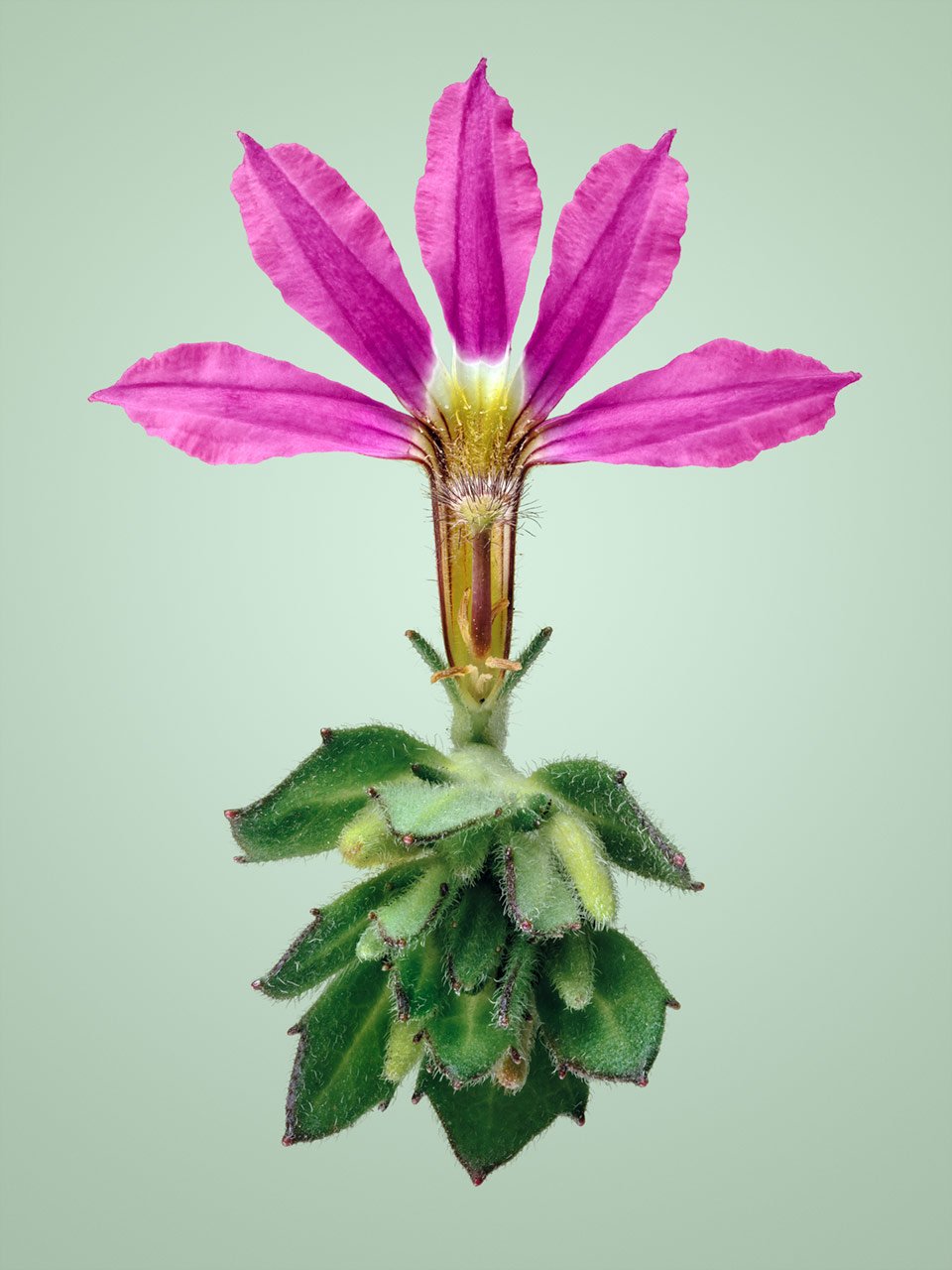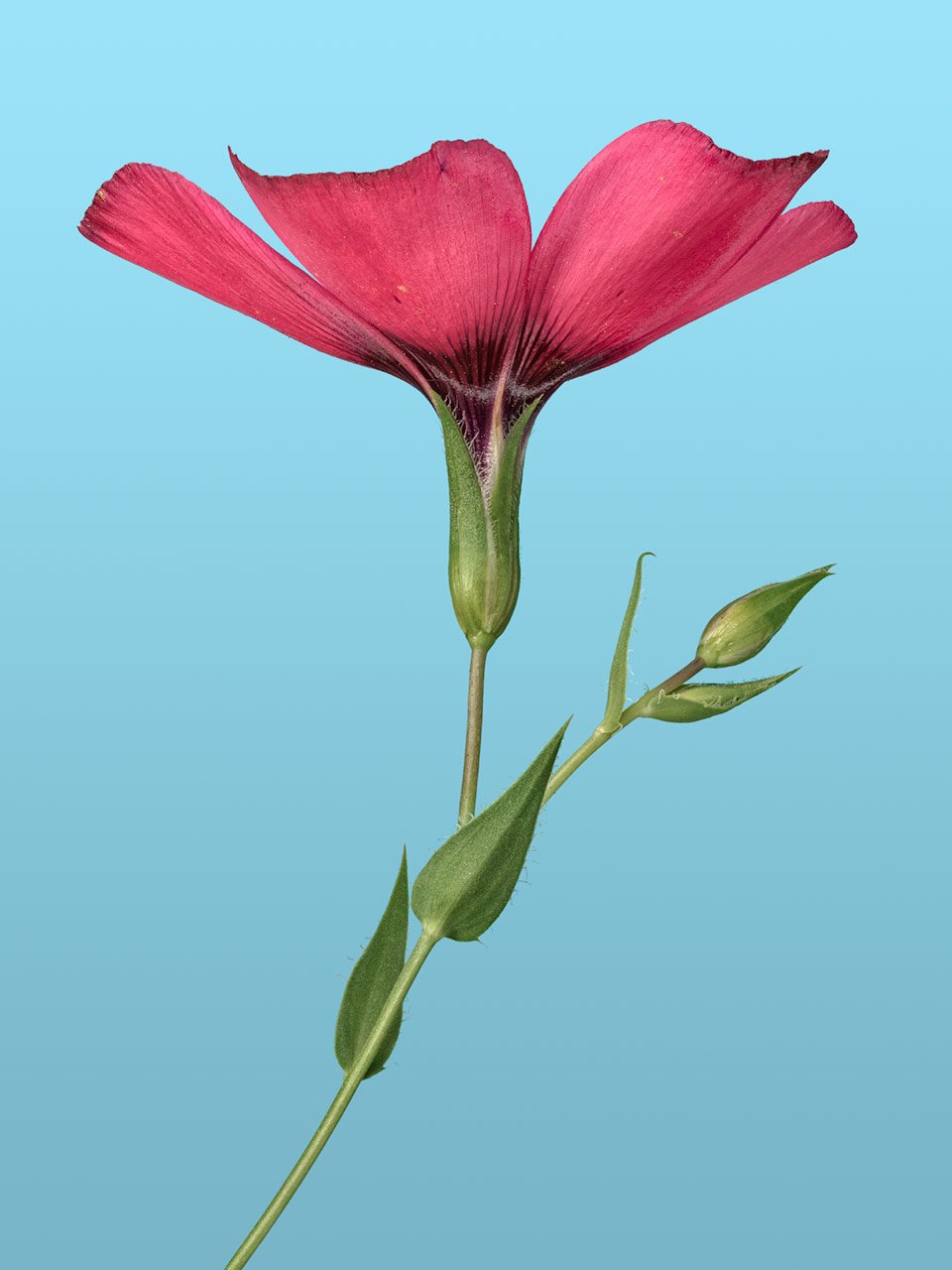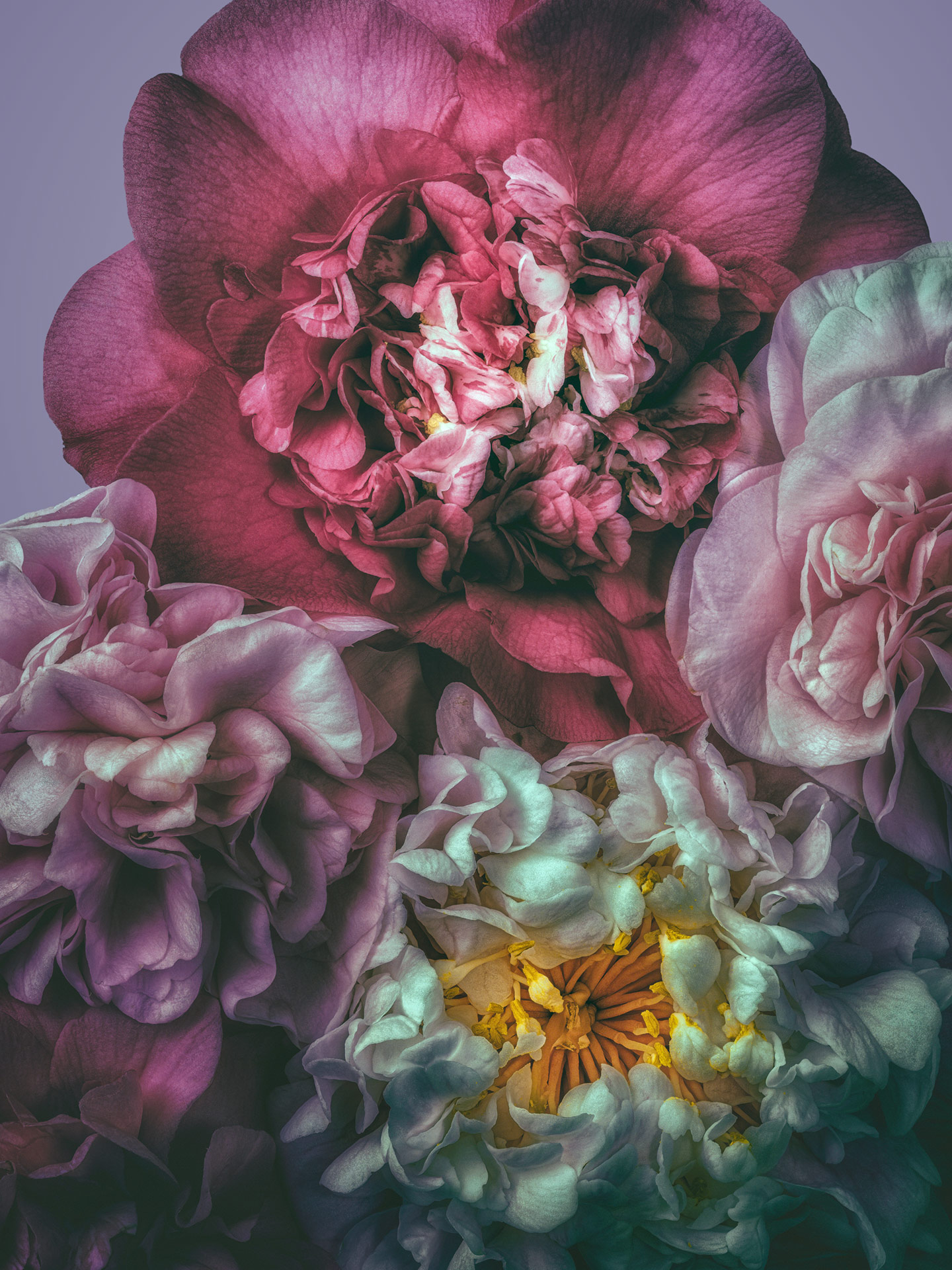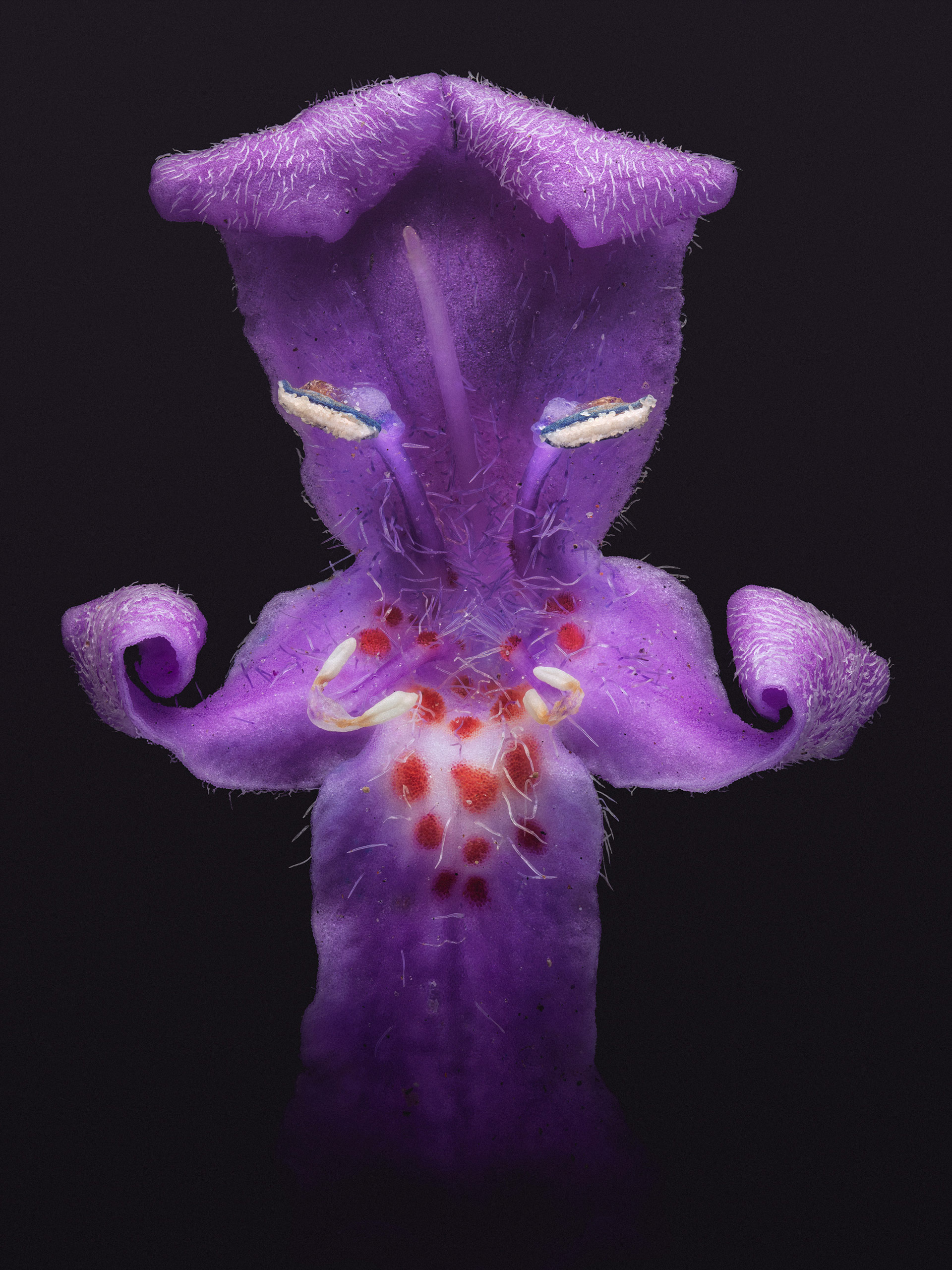All photographs are for sale. Please contact David directly by email for details and purchase inquiries.
“Aesthetic perception is possible because of the presence of both intellect and visual capacity. Intellectual activity always has its roots in organized sensory experience expressed in “phantasms” (fan-ta-zms) or modes of appearance developed over time in the perceiver (visions or figments of the imagination). Because of this, ‘man alone takes pleasure in the beauty of sensible objects for its own sake.’ ”
Christopher Scott Sevier, Aquinas on Beauty, 2015
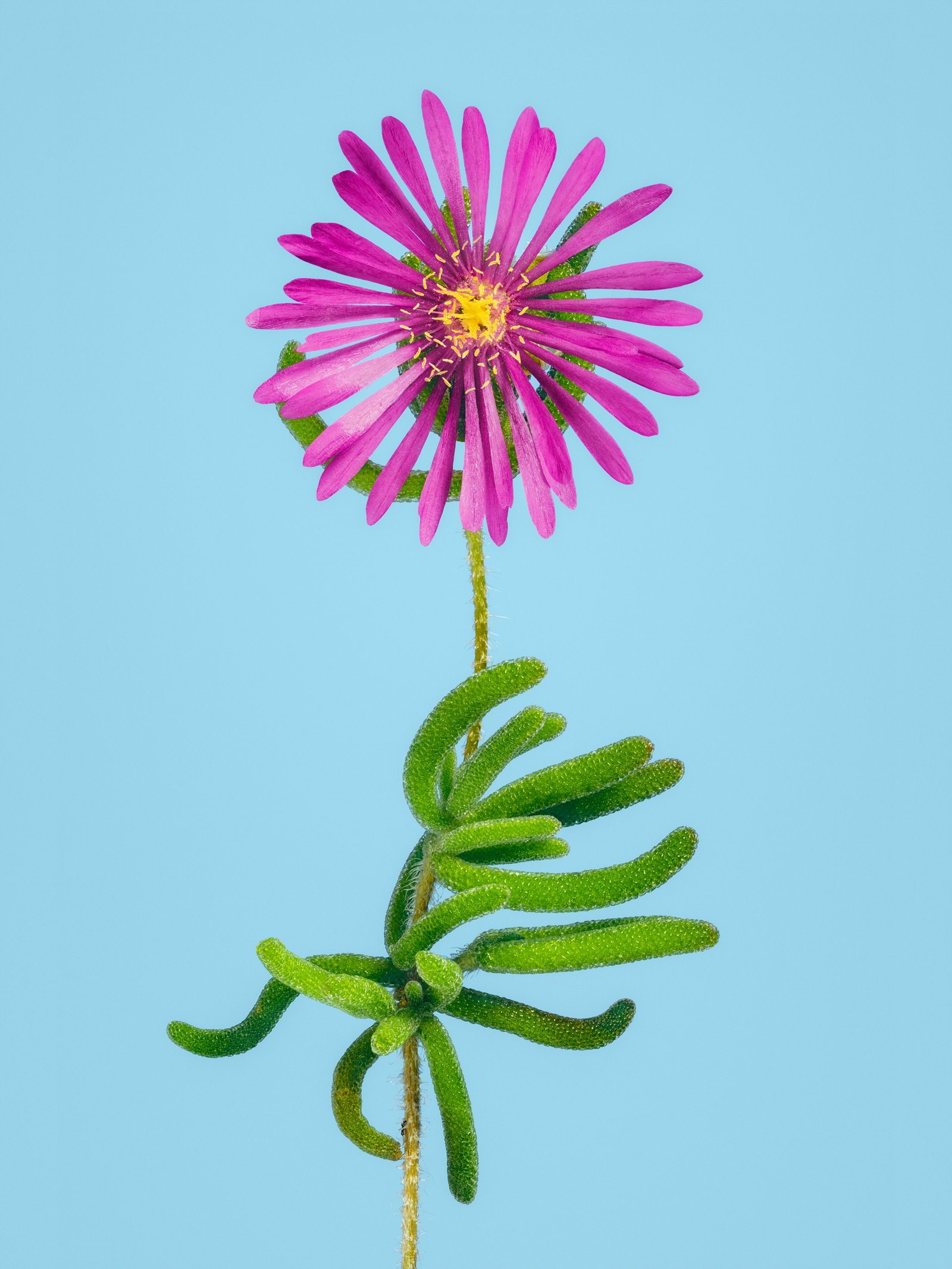
All the images proposed are of the inhabitants of my garden in Pasadena, my frame. They are neither endangered nor endemic. I do not worry if they fall in the weed, beneficial, native or invasive categories. I am trying to determine where their beauty lies and what are their unique graphic and life characteristics. What makes them Them.
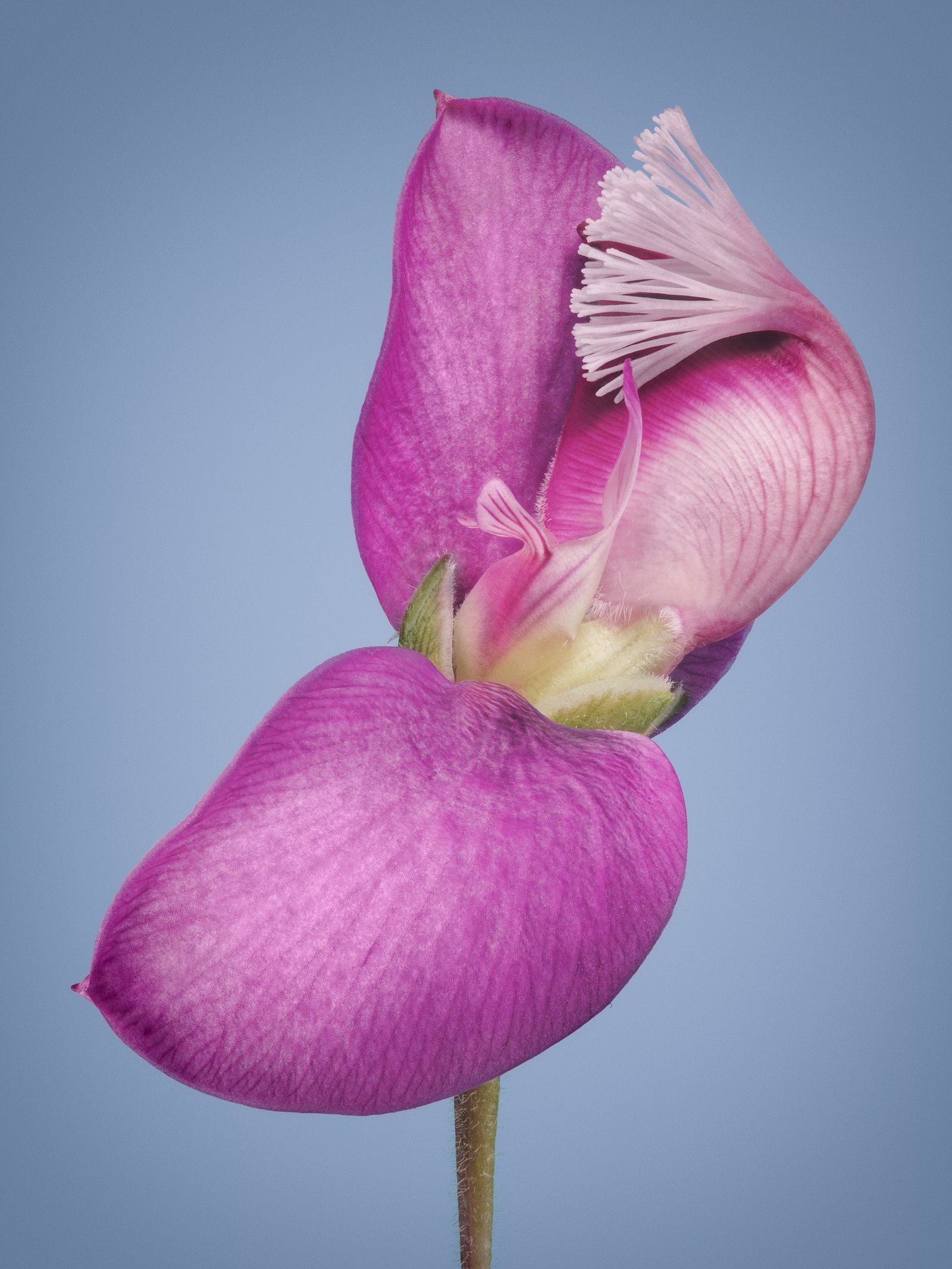
These aren’t photographs of plants in the strict meaning of the term. They are assemblies of many, sometimes hundreds of photographs taken at relatively small intervals, physically moving the camera closer or farther away from the specimen to overcome the limitations of the lens: a shallow depth of field. The resulting assemblages are impossibly sharp, blurring the boundaries of illustration, photography and the stored visual memory. This circumvention of the limitations of the lens—the human eye having the same constraints—allows me to physically emulate what the human brain does best: synthesize information into a coherent whole. The images are conspicuously simple and familiar, yet the resulting amalgams never to be seen by a photographic lens, nor the human eye.
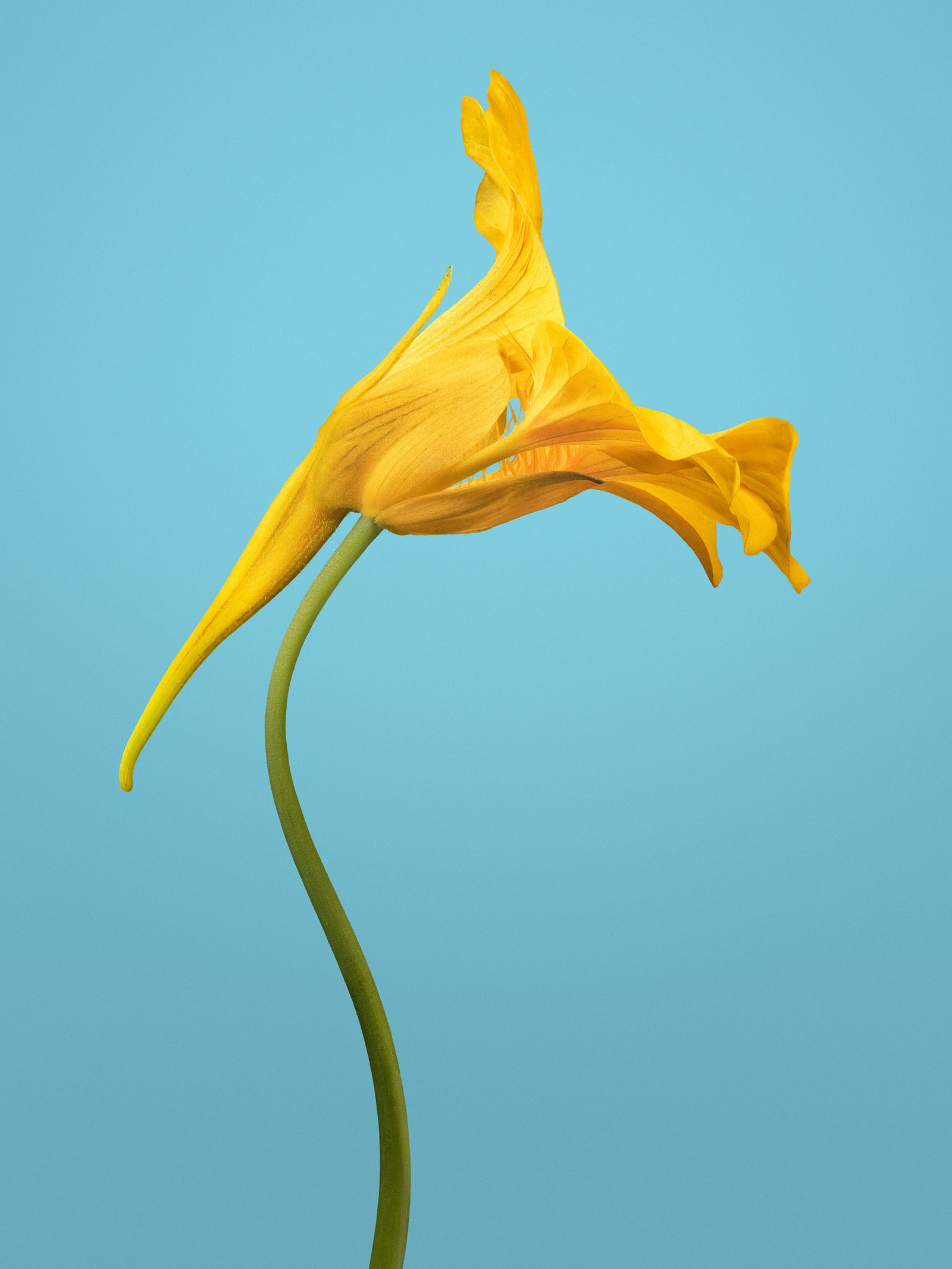
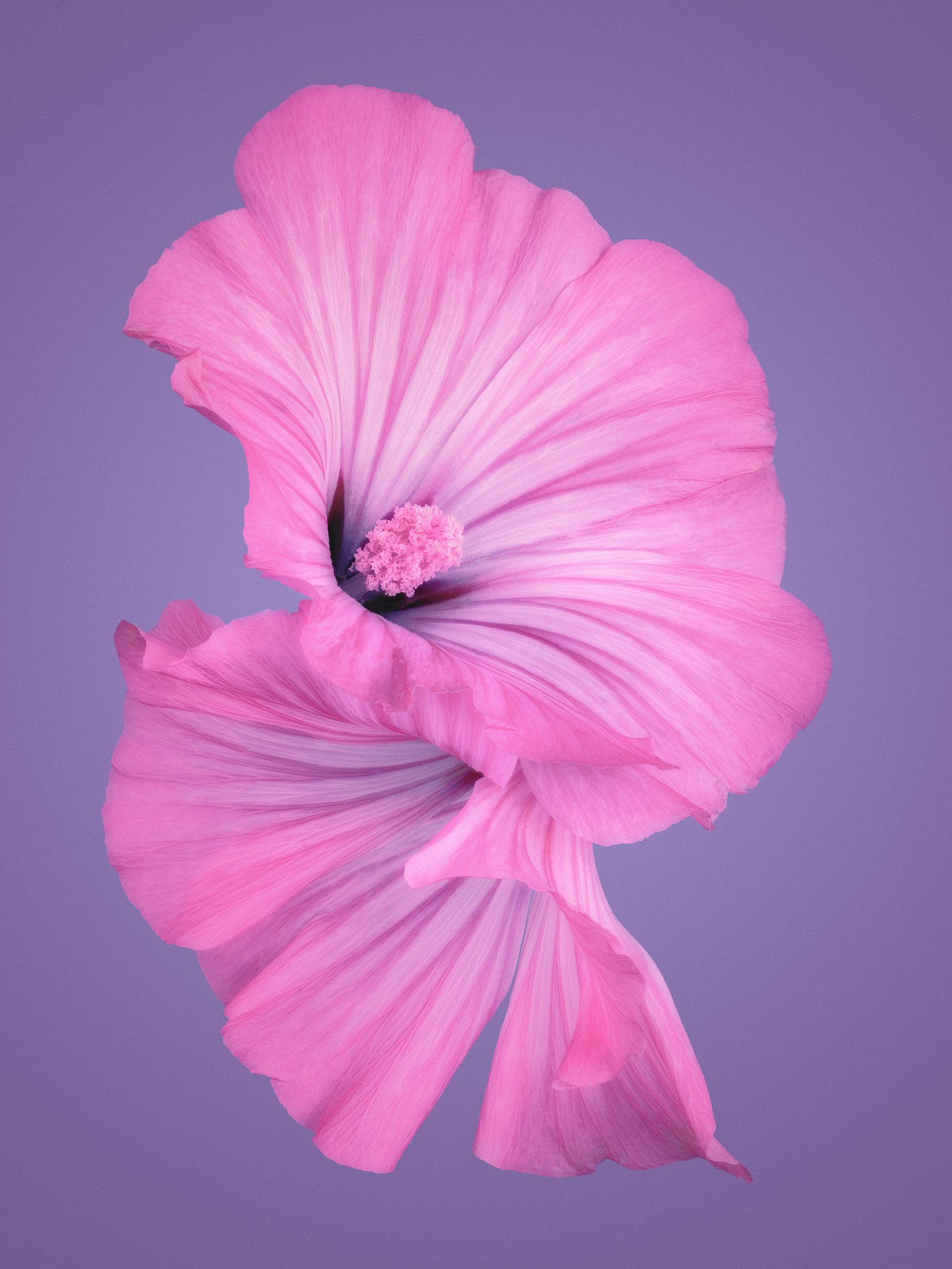
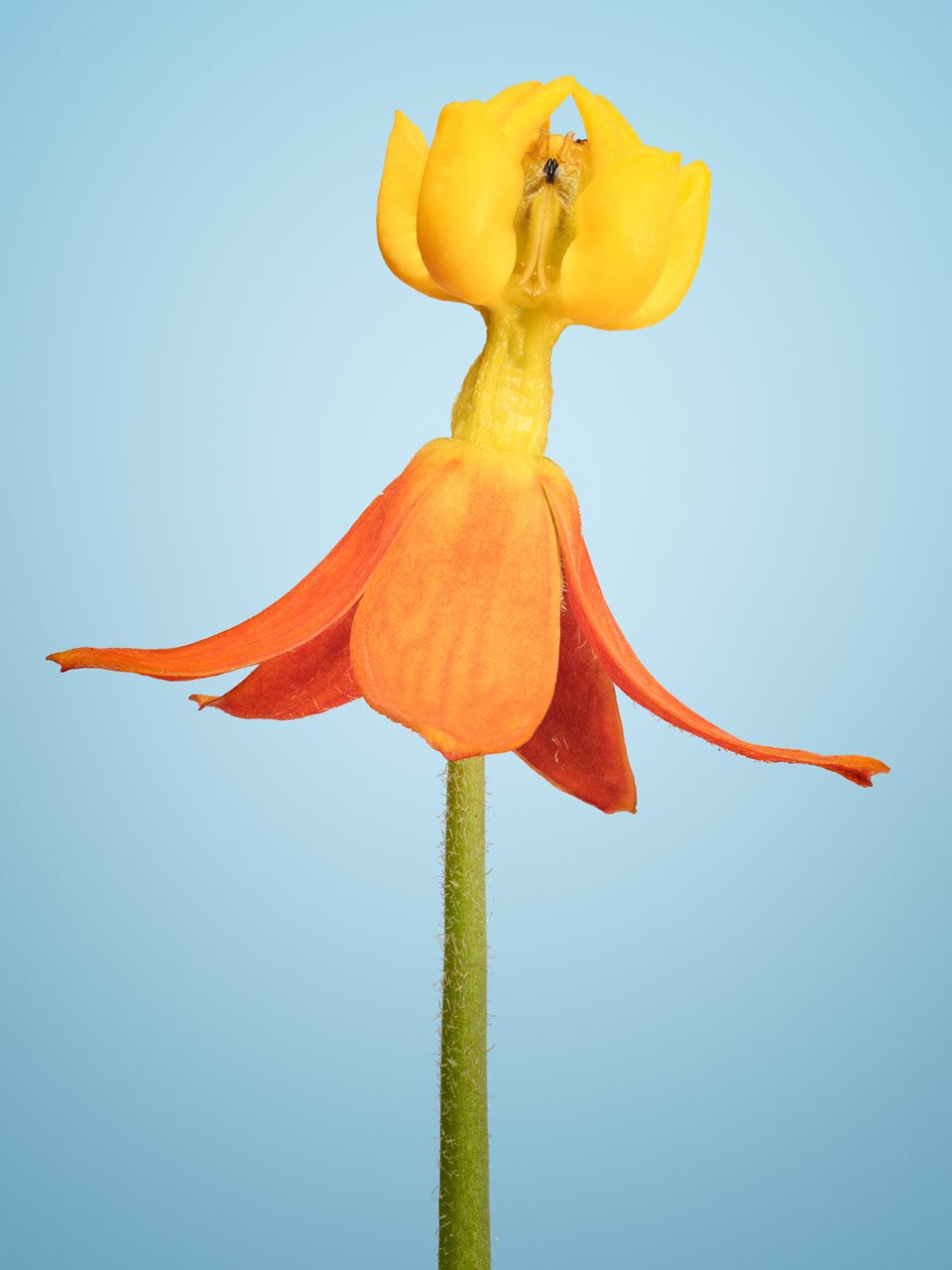
Also known as the Mexican butterfly weed, it is native to the American tropics. As with all milkweeds, the stems contain a poisonous milky sap which can cause eye injury. A favorite of the endangered monarch butterfly, use of the tropical milkweed in gardens outside of its native tropical range has disrupted monarch migrations, notably in California. The flowers are in cymes with 10-20 flowers each. Here, a single flower is isolated. A slight reverent tilt with inverted petals evocative of a young Mexican girl.
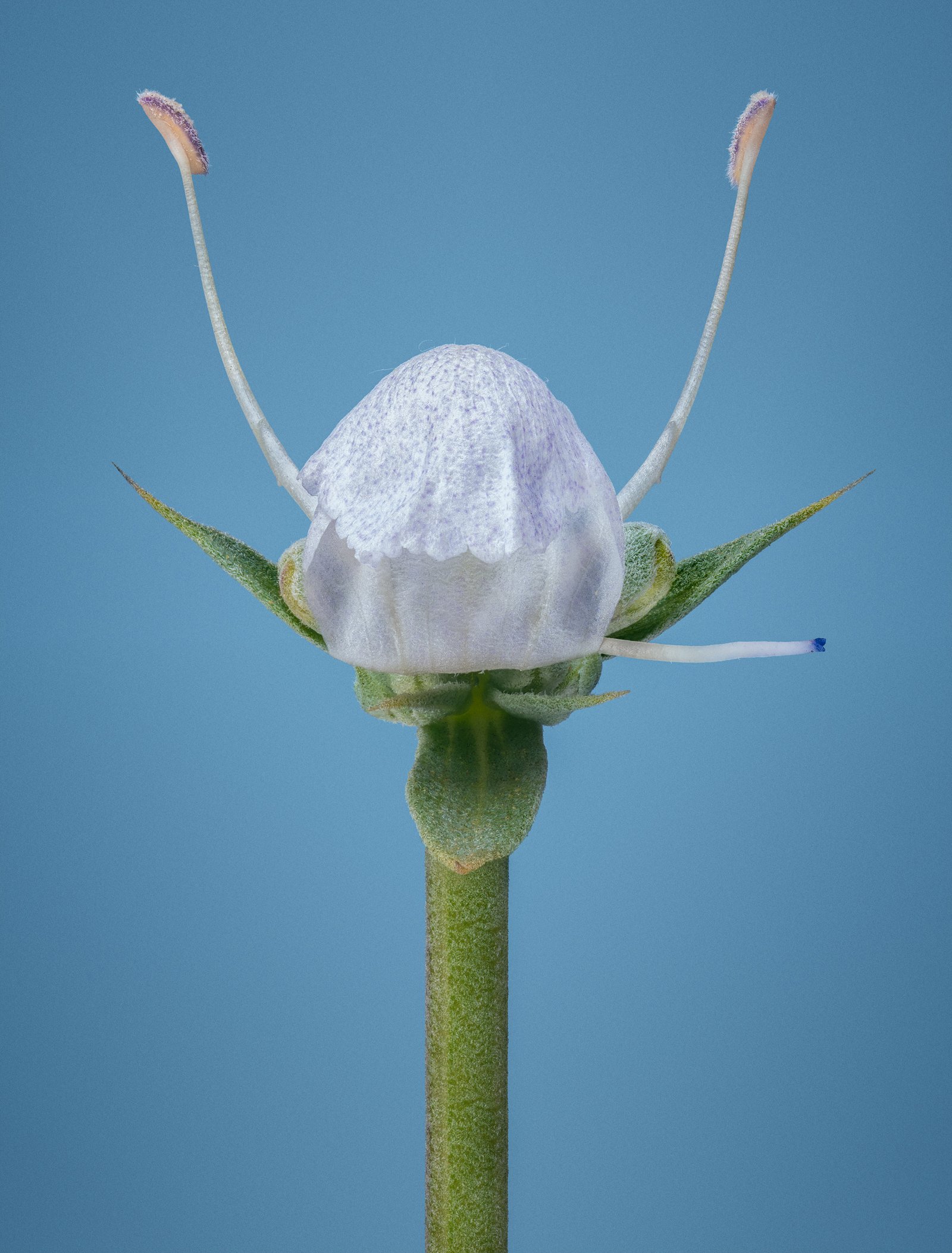
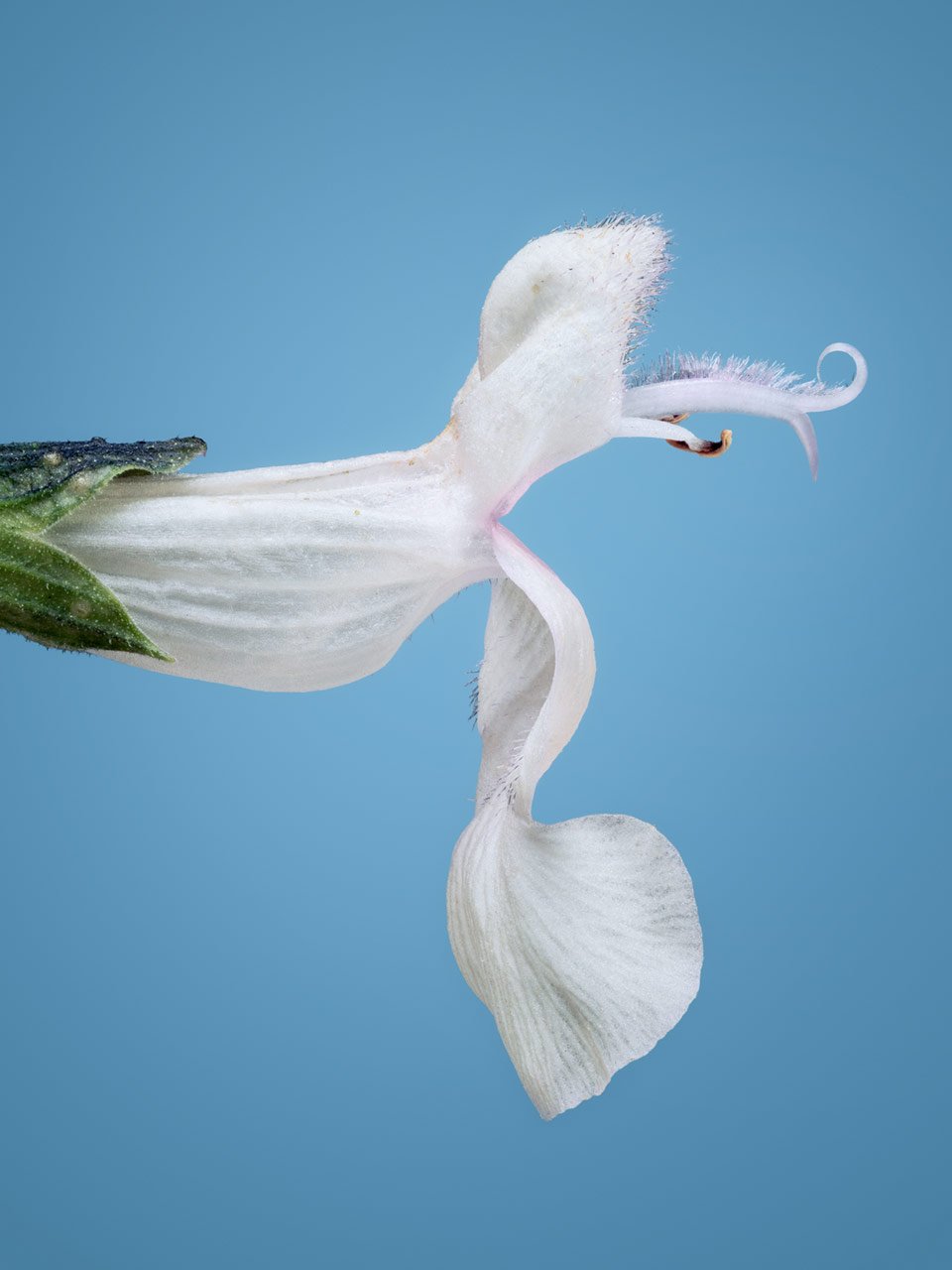
Salvia apiana, the Californian white sage is an evergreen perennial shrub that is native to the southwestern United States and northwestern Mexico. Salvia apiana is widely used by Native American peoples on the Pacific coast of the United States both as traditional medicine and in ceremonies. In Latin, Apiana means belonging to bees. This almost insect looking portrait expands on the more obvious reason for the epithet.
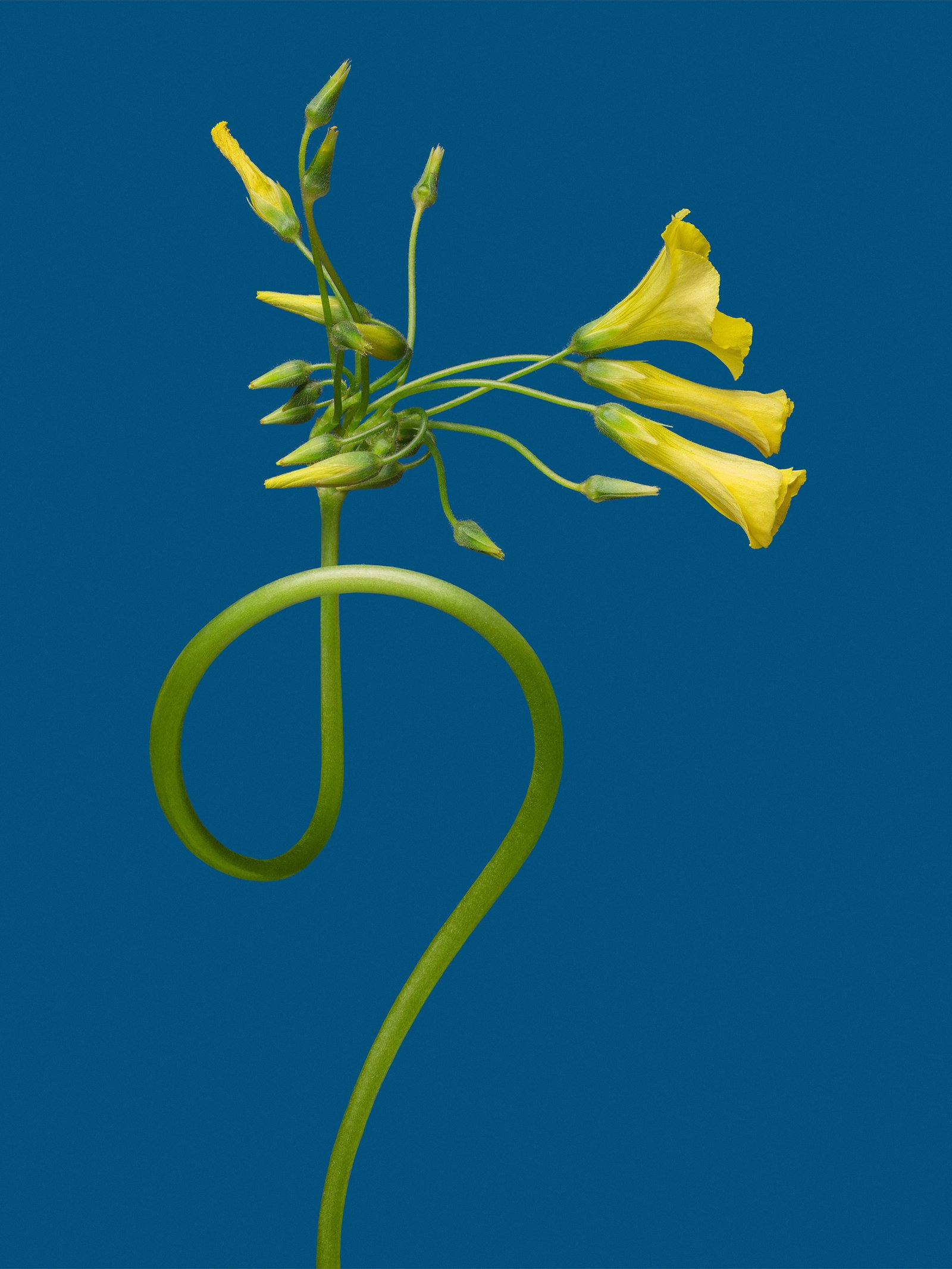
Oxalis stricta is native to North America and parts of Eurasia. It is considered a weed. It is highly invasive and is the bane of gardeners. All parts of the plants are edible and have a tangy flavor but should only be eaten in small quantities, since they contains oxalic acid, an anti-nutrient that can inhibit the body’s absorption of calcium. An early bloomer in Southern California, it is often the first harbinger of spring, sporting many trumpet-like yellow flowers.
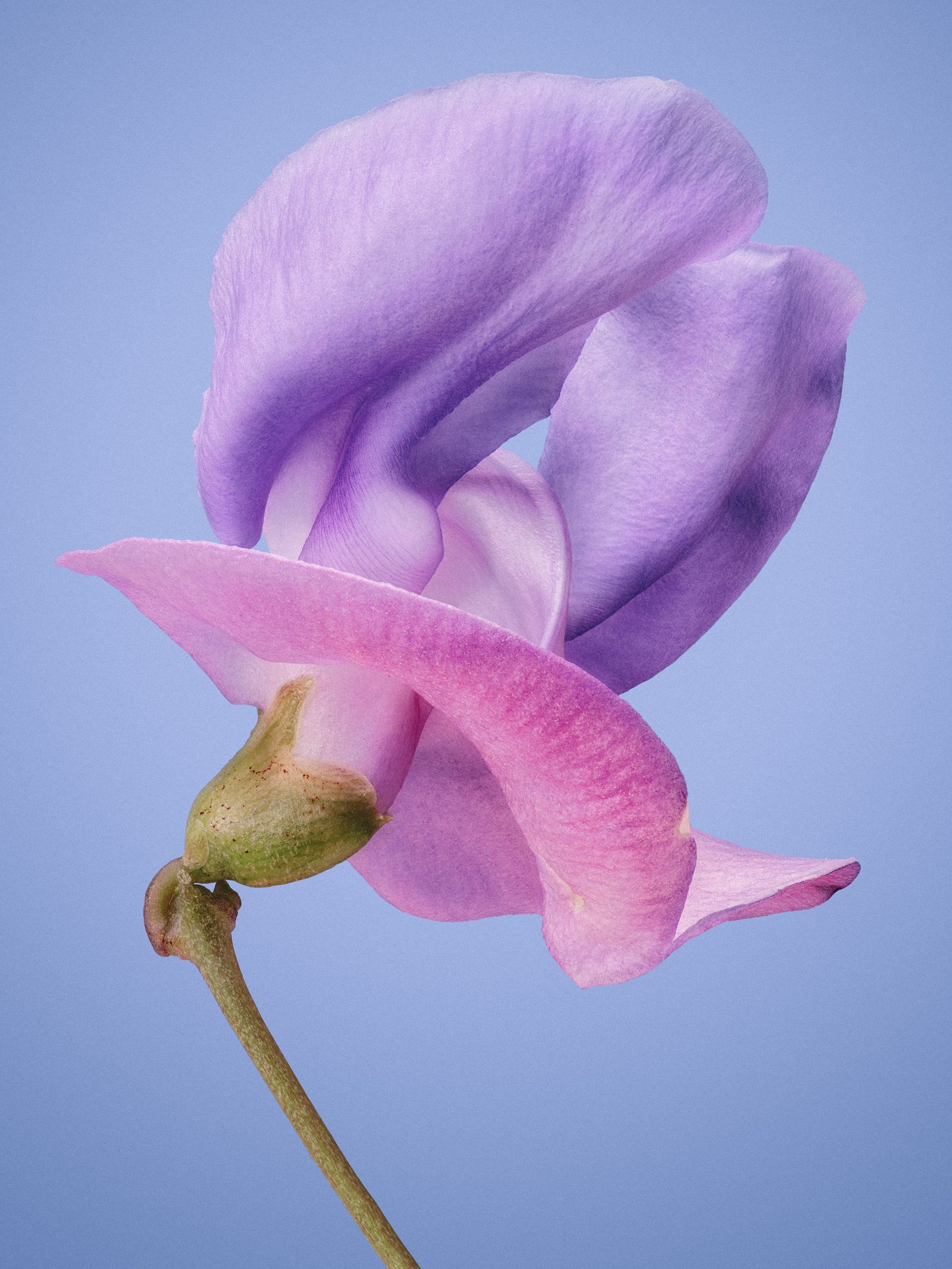
Vigna unguiculata (black-eyed pea) is a legume grown around the world for its medium-sized, edible bean. While the black-eyed pea is deeply ingrained in cultures of the US South, the crop is not native to the Americas. Rather, West Africans domesticated relatives of the plants more than 6,000 years ago. The crop accompanied European colonizers to the Americas, where they used black-eyed peas to feed enslaved peoples and livestock. While black-eyed peas were closely associated with the violence of enslavement and colonization, they also represented a thread of continuity for many enslaved communities. Here, the flower is shot from below suggesting the signature acrobatics of black Lindy hop dancer Norma Miller.
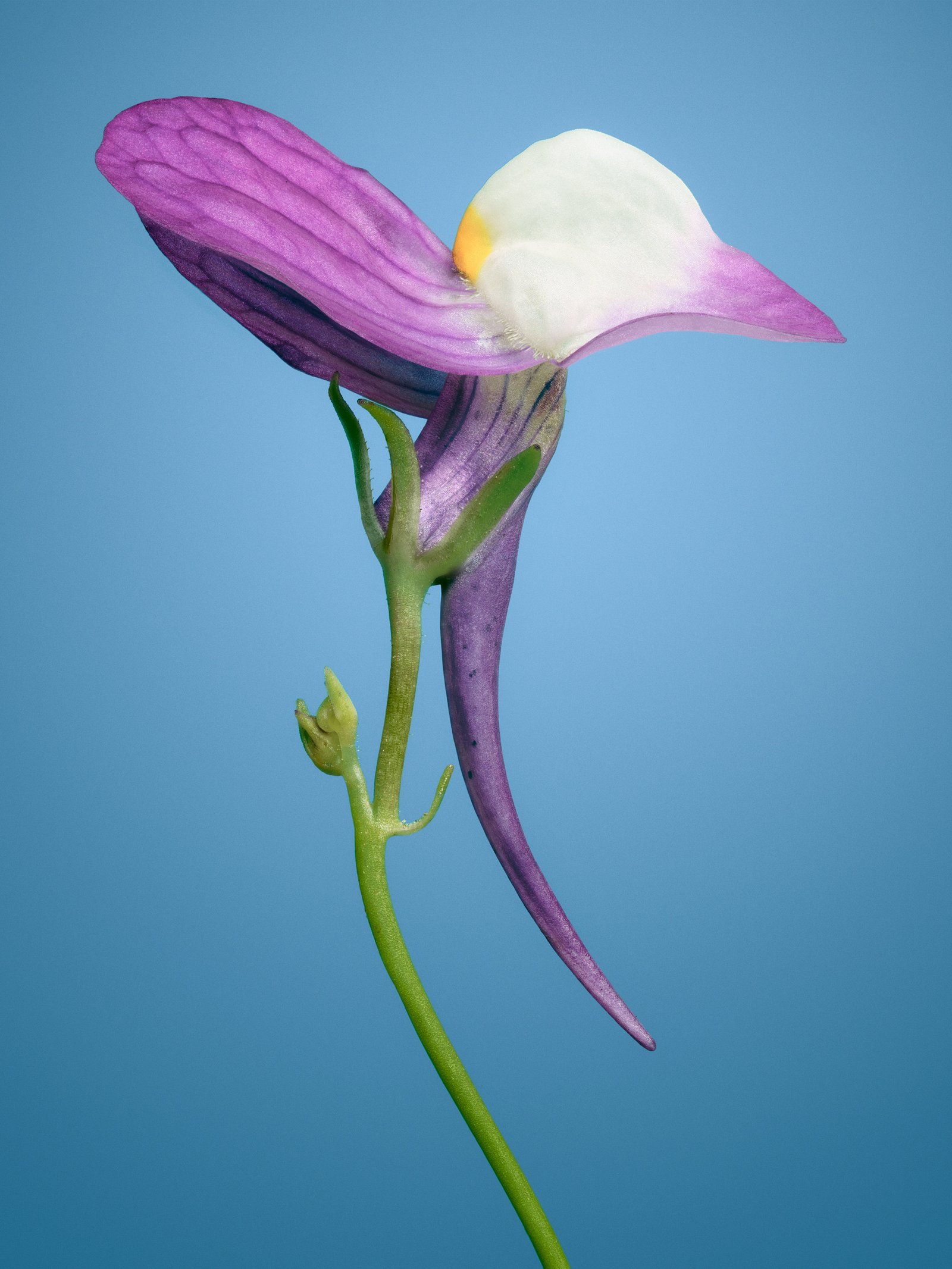
Linaria maroccana (Moroccan toadflax) as its epithet suggests, is a native of Morocco. The ‘toad’ in toadflax may relate to the plants of the genera Linaria having historically been used to treat bubonic plague, a false link having been drawn between the words ‘bubo’ and ‘Bufo’ a genus of true toads which in medieval Europe were thought to possess magical powers associated with the devil. The photograph shows an almost bird-like anatomy. It is ready to take flight, only held back by its calyx onto which is hanging a small cat-like stem.
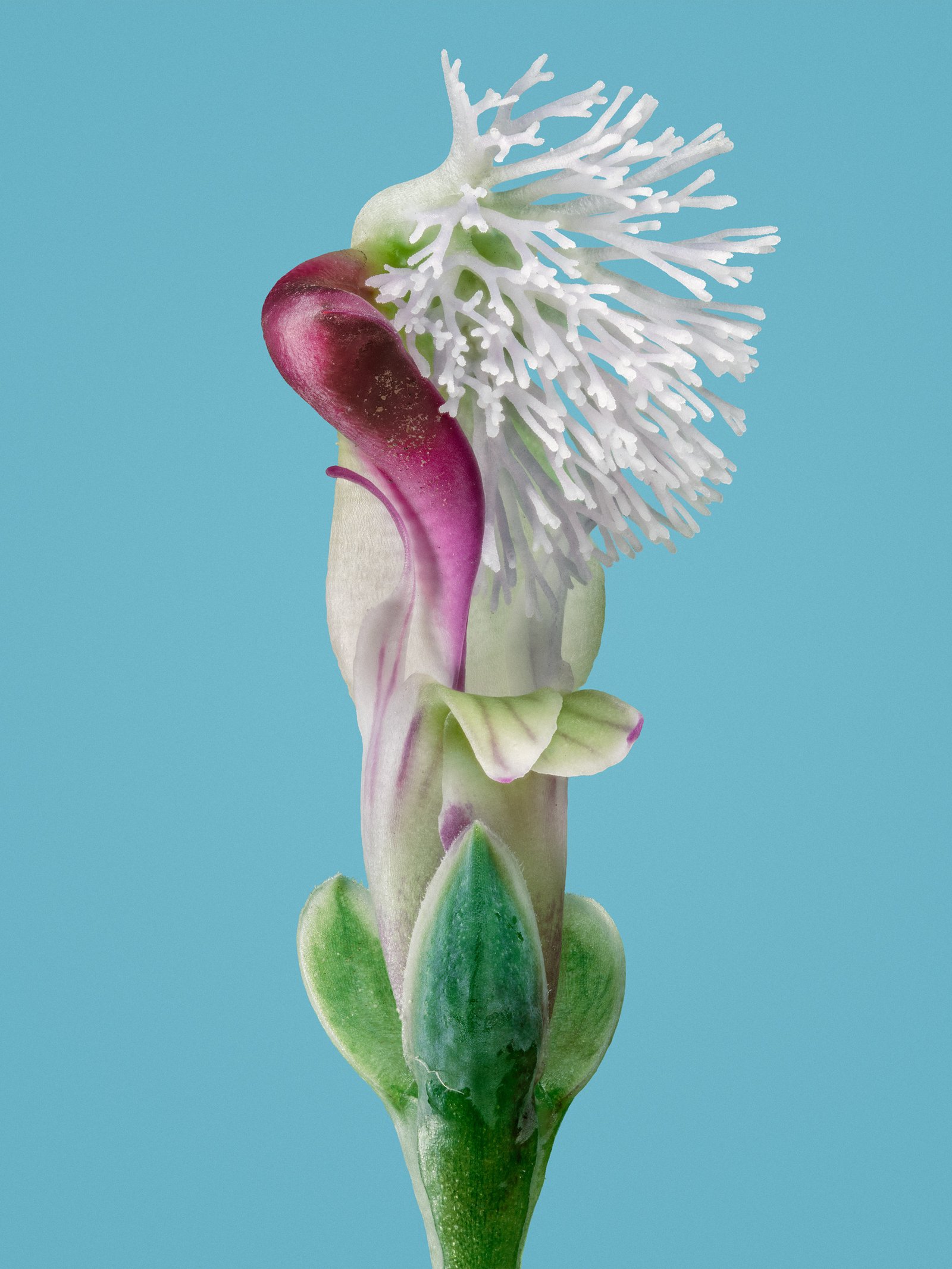
Polygala dalmaisiana (myrtle-leaf milkwort) is a native of South Africa. The shrub has attractive sweetpea-like flowers with a characteristic brush-like tuft protruding from the keel. This photograph focuses on the flower’s main body and tuft. The large pink petals have been removed giving the subject the pompous demeanor of a maned poser with a nose that knows.
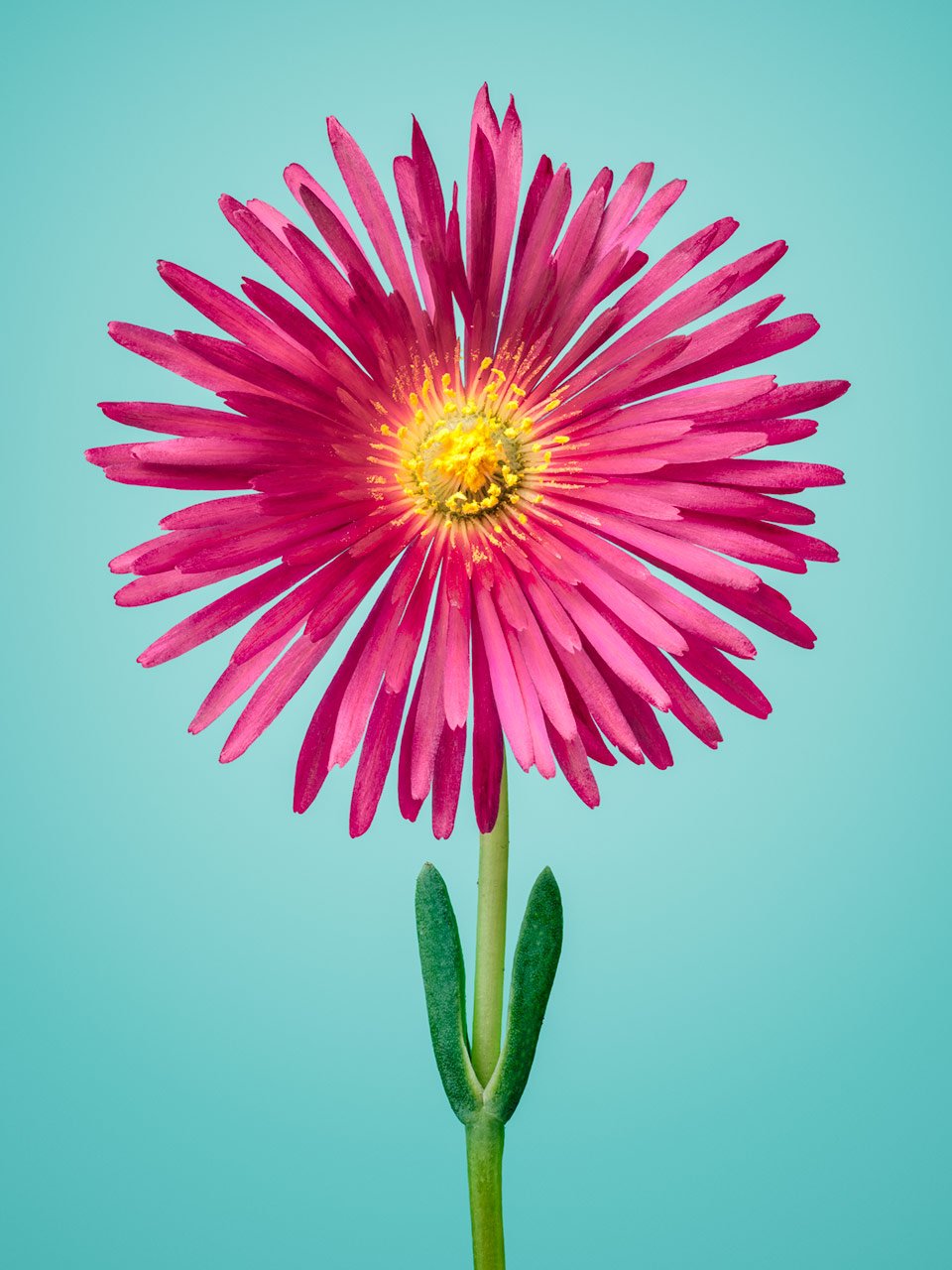
Delosperma cooperi (trailing iceplant) is a fast growing and spreading succulent native to South Africa. Its common name, “ice plant” is because of the bladder-like hairs on its leaf surface reflecting and refracting light thus making the leaves appear to sparkle. The plant contains hallucinogen chemicals which can be extracted from the leaves. It is often brewed into an alcoholic wine in its native South Africa. The photograph suggests its unruly ecology. Fast, wide spreading, and always on the move.
